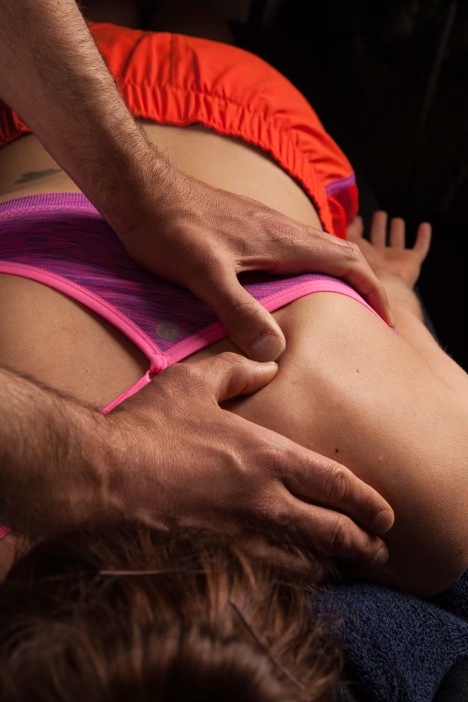
When Plantar Fasciitis Strikes
When Plantar Fasciitis Strikes | Sports Massage Haywards Heath

If you mention plantar fasciitis to anyone that’s had a bout of it, you will likely see them instantly wince at the memory. Chances are that it seemingly came out of nowhere and proved tricky to manage and finally beat in to submission. They may even still be living with it many months later.
The reality is that the underlying causes would have been building, virtually unnoticed for some time. These can be biomechanical, for example if you have weakness in your arches or ‘flat feet’ or indeed if you have very high arches. Running and overuse seems to be a trigger in many, but a sedentary life also seem to be a cause. Tightness in the muscles of the lower leg, hamstring, glutes and even the lower back can all contribute to making a bout of plantar fasciitis more likely.
So why have I chosen to write about this specific condition? Well, I recently got hit by plantar fascitis myself and it wasn’t pleasant. It had previously been a condition that I felt was quite challenging to get a good outcome from when people did seek help.
So what’s changed? Well, as a Therapist you’re always better placed when you have personal experience of a condition, Either through regularly treating it successfully or having recovered from it yourself. When I realised it was indeed plantar fascitis, or potentially a heel spur I had no option but to go to work on myself. I’m on my feet all day every day, and when you have a condition that makes it painful just standing you have to act fast.
The good news is that in a matter of just a few weeks I was pain free and back running again. Contrast this with the stories you hear and read of people suffering for months on end and you’ll understand why I was compelled to write this.
How do I know if it’s plantar fasciitis or a heel spur?With both conditions you will generally have pain and inflammation underneath your foot and in the arch. Usually towards the heel. The pain may move and radiate to other areas of the foot and ankle too. It can feel really intense and it will hurt to walk on it. It is often worse first thing in the morning or if you’ve been on your feet for long periods of time. It’s difficult to differentiate between plantar fasciitis and a heel spur without an x-ray, but the treatment is basically the same.
So, how do you tackle plantar fasciitis effectively? The first thing I did was call a colleague to get a second opinion. Yep, it sure seemed like plantar fasciitis (or a heel spur). Now that I felt totally confident in what I was dealing with I needed an action plan. The key words here are confident and action. Once you feel sure you have the correct diagnosis you are more likely to follow the treatment protocol AND stick to it! There will be days when you’ve done everything right but the pain flares up again. Even on these days when it feels like it isn’t working you have to keep going! If you lack confidence in the diagnosis for whatever reason you may only half heartedly commit to the treatment plan and may give up at the first sign it’s not working quickly enough for you.
What is the treatment protocol then?
It’s a pretty simple mix of the following:
•Stretching (at home and/or with assistance from a Therapist)
•Foam rolling and deep tissue massage (mainly the lower leg but also including the whole posterior chain)
•Using a ball to massage under your arch.
•Ice and/or contrast bathing under the arch.
•Anti inflammatory medication/gel can be useful but seeks medical advice on this one.
•Additionally, I used some Homeopathic treatment as a follow on from the anti inflammatory gel I used for the first few days.
The final thing to add is that a consistent approach over several weeks is needed to really get on top and stay on top of this sometimes difficult inflammatory condition.
Good luck and I hope this information helps. 👣
To book with Lee, follow the link below…

